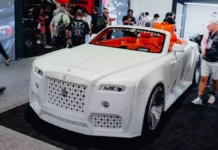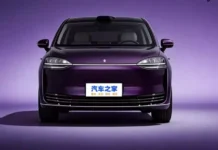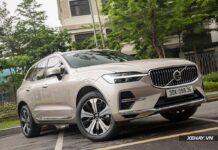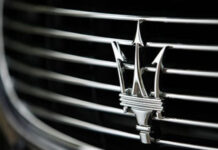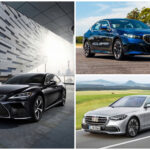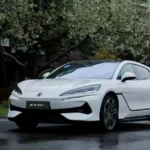From 2015 to January 2025, BMW, Lexus, and Mercedes-Benz consistently ranked in the top 4 for new luxury car registrations in the US. However, despite seemingly comparable sales figures, the demographics of buyers of these luxury vehicles differ more than one might assume.
Data from S&P Global Mobility on demographics, financial indicators, and brand switching trends reveals that while BMW and Mercedes-Benz attract similar customer segments, Lexus buyers stand out in contrast to the two German brands.
The history of these three luxury marques in the US sheds light on the disparities in buyer behavior between those who favor BMW or Mercedes-Benz versus Lexus.
BMW: Performance at the Core
Since its inception in the early 20th century, BMW has focused on developing high-performance, sporty vehicles for both the street and the racetrack. In 1935, BMW introduced the 319, which included a roadster version with low doors, a foldable windshield, and a three-carburetor engine.
Just a year later, the 328 roadster made its debut, featuring a deep-cut door design and three carburetors. In its first race at Nürburgring, this model reached a speed of 95 mph and took the victory. In the late 1930s, another 328 won in the two-liter category at Le Mans.
Post-World War II, BMW continued to solidify its sporty image with the 5 Series, which included a model that could reach 50 mph in 11 seconds and had a top speed of 135 mph. In the 1970s, the 3 Series was launched and quickly gained the favor of American consumers, cementing BMW’s reputation for performance and quality.
In 1978, BMW unveiled the M1 supercar, designed by Giugiaro of Lamborghini, featuring a 3.5-liter, 24-valve, six-cylinder engine that produced 277 horsepower and a top speed of 162 mph.
Throughout its history, BMW has consistently emphasized a sporty style, acceleration capabilities, power, and designs with a strong character.
Mercedes-Benz: A Legacy of Luxury and Speed
Mercedes-Benz has an even longer tradition of performance. In 1908, a 120-horsepower Mercedes won the Grand Prix in Dieppe, France. This success crossed the Atlantic, where Ralph de Palma drove a Mercedes to victory at the Indianapolis 500.
In the 1920s, Mercedes was the first to offer supercharging in a production car. The combination of its racing heritage and technical innovation peaked in the early 1950s with the 300 SL – an icon at Le Mans and the inspiration for the legendary SL line.
In the 1960s, the brand continued to push boundaries – from the Type 600 with a 126-inch wheelbase and a speed of over 125 mph, to the 300D, the world’s first turbocharged diesel car.
Like BMW, Mercedes-Benz successfully blends superior performance with luxurious elegance.
Lexus: Reliability and Innovation
In contrast to its German rivals, Lexus built its image on reliability and innovation rather than performance or sportiness.
When Toyota introduced the Lexus brand in North America in 1989, it offered just two models: the ES300 (a compact car) and the LS400 (a luxury sedan). Lexus quickly became known as “high-end Toyota” – an image that was both advantageous and controversial. While consumers appreciated the durability, the brand lacked the emotional appeal of BMW or Mercedes.
A shift began in 1999 with the RX300 – the first true luxury crossover. Although Mercedes had previously launched the ML-Class, its minivan-like design was criticized. The RX, on the other hand, was an instant success and became the template for the entire segment.
The RX propelled Lexus to the top of the luxury segment throughout the early 2000s, even as it somewhat overshadowed the brand’s other models.
To this day, the RX remains a significant contributor to Lexus’s sales figures. From October 2024 to January 2025, two-thirds of Lexus vehicles sold were mid-size cars, compared to 37% for BMW and 31% for Mercedes-Benz.
Different Customer Profiles of BMW, Mercedes-Benz, and Lexus
Their distinct histories have resulted in significant differences in the buyer profiles of the three brands:
Lexus: Attracts older buyers, more women, and has a lower household income compared to BMW and Mercedes customers.
BMW and Mercedes-Benz: Target younger, wealthier customers who tend to favor performance and sporty styling.
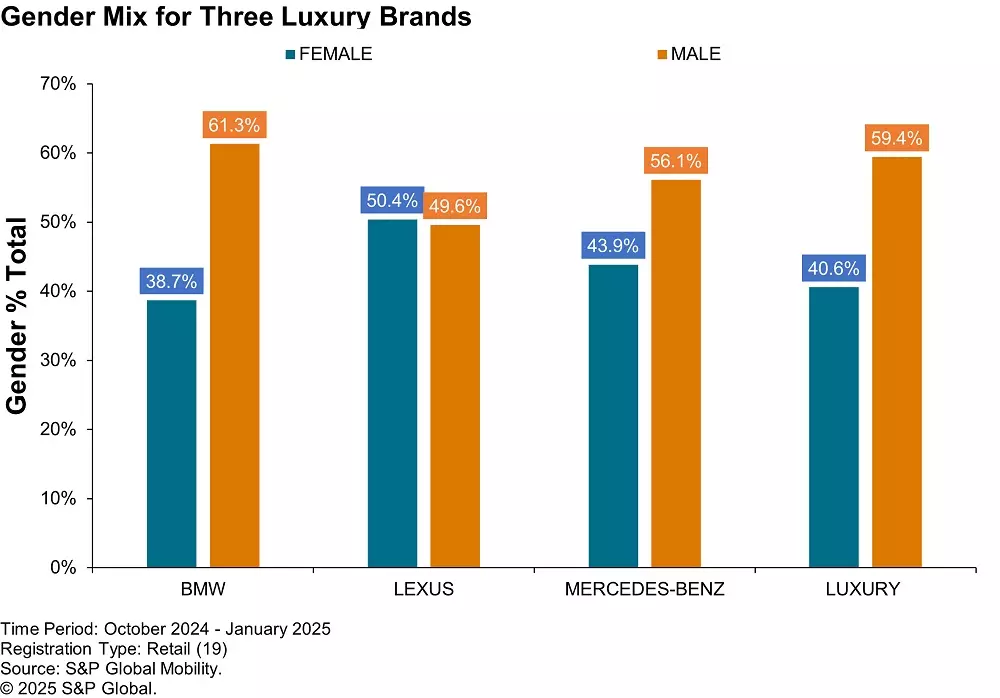
Chart showing the percentage of male and female customers for Lexus, BMW, and Mercedes-Benz.
The percentage of women buying Lexus vehicles currently stands at 50.4%, while the average for the entire luxury segment is 40.6%. In contrast, 61% of BMW customers are male.
The popularity of the RX – a friendly, easy-to-drive, and comfortable crossover – is a key driver of Lexus’s higher percentage of female customers.
Differences in Pricing and Monthly Payments
According to transaction data from October 2024 to January 2025:
The average sticker price of a Lexus vehicle is more than $16,000 lower than that of BMW and Mercedes.
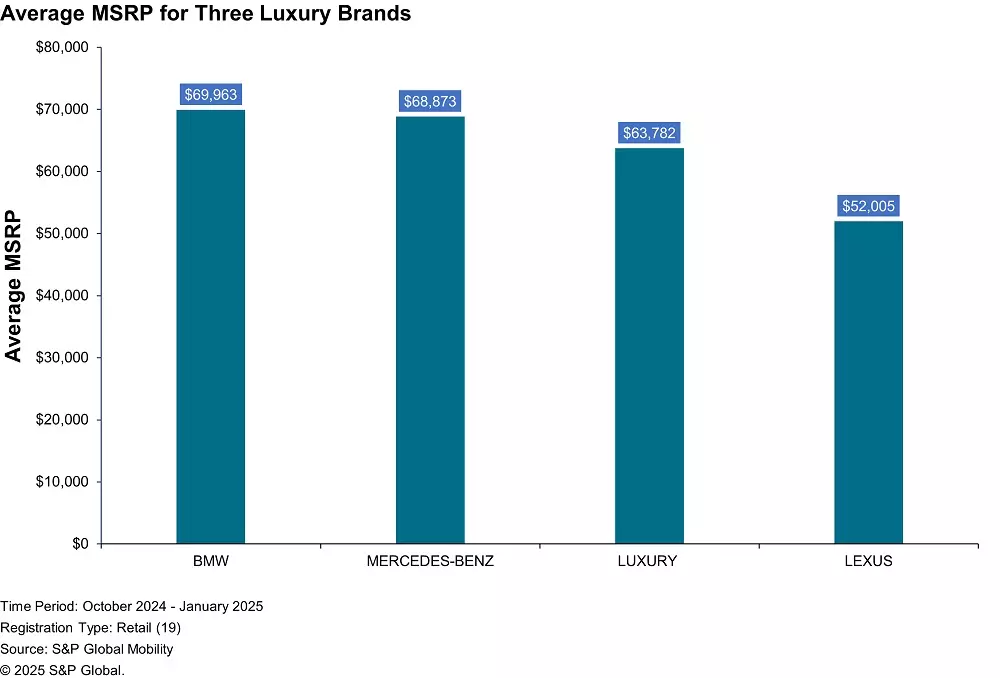
Chart showing the average sticker prices of Lexus, BMW, and Mercedes-Benz vehicles.
The average monthly payment for a Lexus is $866, which is $140 lower than BMW and $240 lower than Mercedes.
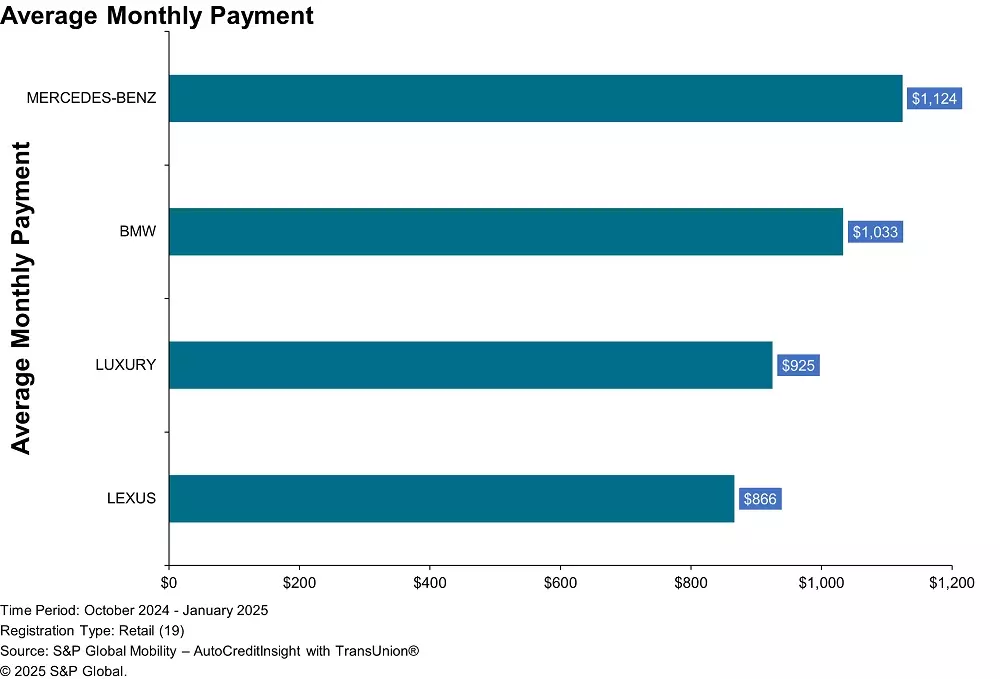
Chart showing the average monthly payments for Lexus, BMW, and Mercedes-Benz customers.
Brand Switching Trends
Lexus attracts a larger proportion of customers from more mainstream brands than its German rivals, and it also has a higher rate of customers returning to mainstream brands. This reflects Lexus’s strong position in the near-luxury segment but also indicates that it has not yet established a strong pull in the upper echelons of the luxury segment.
Conclusion: Three Brands, Three Strategies, Three Worlds of Customers
Although BMW, Mercedes-Benz, and Lexus often appear together on sales rankings, they represent three distinct approaches to customer engagement. From history and products to brand image, each marque is shaping a unique ecosystem of users in today’s luxury car world.
The Electric SUV With a Difference – Lexus TZ Unveiled
Lexus is planning to expand its electric vehicle lineup with an all-new large SUV, set to debut next year. This marks a significant step forward for the luxury automotive brand as it embarks on a journey to electrify its fleet and offer customers a more sustainable and environmentally friendly option. With this new addition, Lexus reinforces its commitment to innovation and sustainability, promising an electric SUV that delivers an unparalleled driving experience while reducing environmental impact.
Revolutionizing Luxury: BYD’s Denza Brand Takes on BMW and Mercedes-Benz in Europe
The fascinating aspect lies in the fact that Denza is a joint venture brand established by BYD and Mercedes-Benz. This unique collaboration combines the innovation and expertise of two automotive powerhouses, resulting in a brand that offers a truly exceptional driving experience. With BYD’s strong presence in the new energy vehicle market and Mercedes-Benz’s renowned luxury and performance, Denza is poised to deliver an unparalleled blend of cutting-edge technology and refined elegance.








